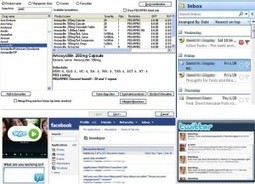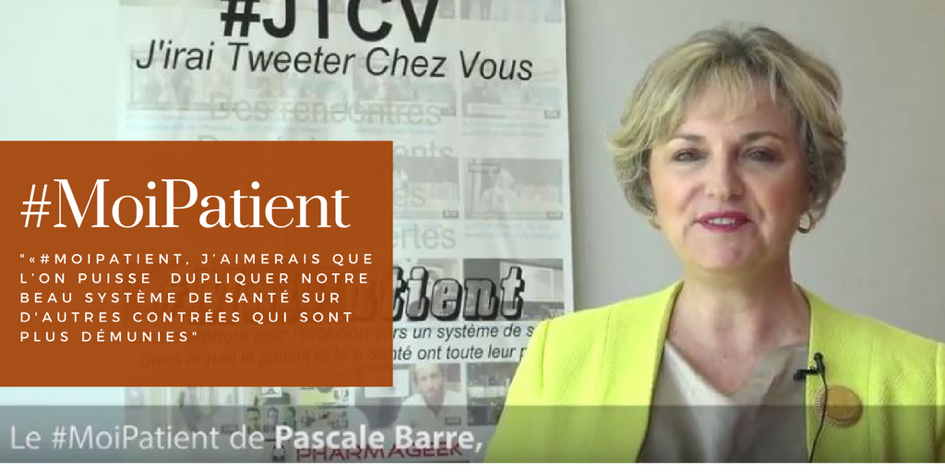[Infographie] Médias sociaux : les 4 étapes d’une stratégie marketing efficace
04/10/2012PubMed graphical interface search with new MedLine app
04/10/2012Learning to love e-health
Doctors love paper. Just think about it — we use paper hospital notes, send each other printed or even hand-written letters, use paper radiology and lab forms, write or print our scripts, and we worship the voluminous textbooks on our shelves.
The good old fax machine, introduced in the 1970s, was much more successful in winning over health care professionals than e-health has been. At the same time we feel the paper-dominated health care ecosphere is not very efficient, to say the least.
Many of us own a smartphone, tablet device or laptop and we love it. We make our devices sync with work email and agendas or other software. We may have a few cool apps. And about one in 10 Australian doctors is even using social media to connect with patients and other health professionals.But in our day-to-day work, many of us rely heavily on paper and the fax machine. How do we change this?
In an innovative blog post titled “We have to wean doctors off paper. But how?” a group of Silicon Valley designers explained how to make software for doctors more user-friendly.
To successfully design clinical software that competes with pen and paper, the authors mention three key factors — ease of use, flexibility and simplicity.
“If an [electronic health record] isn’t easy to adopt, doctors will quickly get frustrated and return to familiar paper. If it isn’t flexible, it will be impractical for many specialties and doctors with unique workflows”, the designers wrote.
In other words, medical software should be just as easy to use as paper.
Quick access to the clinical data is important. Long boot up times and multiple screens to click through should be avoided. Buttons and screens should be placed intuitively to reduce mouse movements and clicks.
But even if these three key factors are met, there’s still something missing.
Health care providers increasingly need immediate access to data. We’re connected 24/7 to networks and use so many different electronic applications to access all sorts of data sources, that it sometimes feels like it’s all too much.
How easy would it be if all the different tools were integrated in one software package?
The fourth requirement is integration of applications.
Imagine this: You’re sitting behind a large wide screen at work (see image below). If you click on the screen it responds immediately; the system is fast. The home screen provides online access to all the health providers in your direct network, including GP practices, specialists, hospitals, and allied health professionals at different locations.
You can see who is online and who isn’t. Your incoming email and agenda sit in the right top corner, and in the bottom of the screen are your social networks of choice and a video consultation tool.Included in the package would be professional resources like electronic therapeutic guidelines, secure enterprise social networks and encrypted video consultation tools. Smart phone and tablet apps would be available to improve ease of access.
With two clicks of the mouse you can select and upload data from your clinical management software to the secure health network. Other health professionals can immediately read and comment on problems and questions. You can have a videoconference with colleagues while the patient data is still visible on the same screen.
See on www.panaceum.com.au




